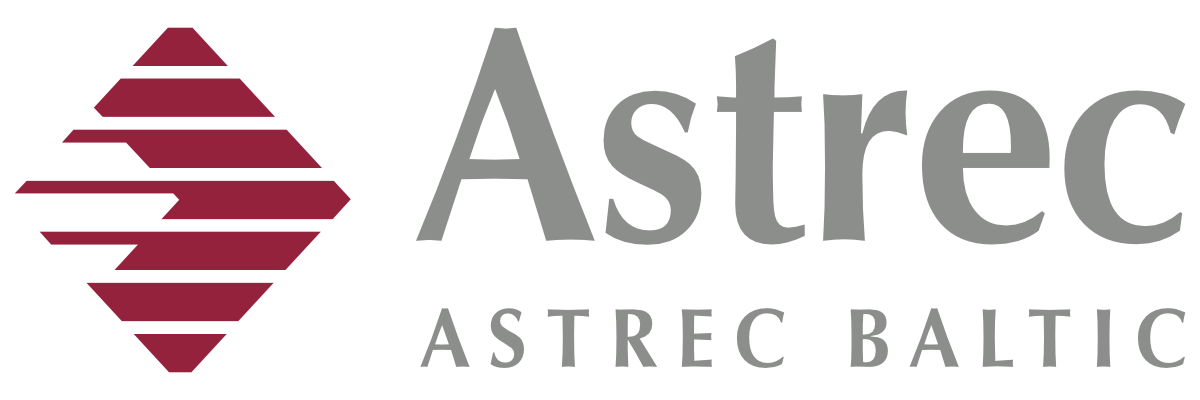(machine translated from Estonian)
Name of the further education institution: Astrec Baltic OÜ
Name of the training: Optical communications theory – 4 academic hours.
Group of Studies: 0714 Electronics and Automation.
Levels of training: Adult continuing education.
Languages of instruction: Estonian, Russian or English.
How to register for the training: Registration form on the website or send by e-mail to astrec@astrec.com
Target group and conditions for starting the course: Adults (from 18 years of age) who apply for the Optical Communication Theory course are accepted on the basis of an application. Applicants who wish to join the programme will benefit from a basic knowledge of English, communication networks and a general interest in technology.
Total duration of the course: 4 academic hours of classroom training.
Description of the learning environment and teaching methods: Theoretical training will be conducted in the classroom. The materials, tools, equipment and instruments required for the learning process will be provided by the lectures.
Learning outcomes:
● Be familiar with the theory of optical communications;
● Understand the technology of modern networks;
● Understands the working drawings of communication networks;
● Know the types of optical cables most commonly used;
● Familiar with the types of optical fibres;
● Knows the operation of the most commonly used measuring devices;
● Has an overview of occupational safety.
Learning content:
1. History of optical communications
2. Types of optical cables
3. Types of optical fibres
4. What to watch out for when installing cables and connecting fibres
5. Typical faults in optical fibre assemblies.
6. International standards governing the field
7. Technologies and wavelengths used.
8. Types of connectors and their characteristics
9. Mechanical continuations
10. Passive components in optical networks
11.Measuring instruments for measuring attenuation and absolute levels
12. Meters for troubleshooting and link mapping, OTDR
13. Preparation of reports
Description of the learning environment: The theoretical and practical part of the training will take place in Peetri, Vana Tartu mnt. 79A, unless otherwise agreed with the participants. There will be desks, chairs, a computer, a whiteboard and all the necessary teaching aids and equipment. Participants will be provided with necessary study materials.
List of teaching materials (printed or electronic).
Viavi Solutions. Understanding Fiber Optics;
Viavi Solutions. Understanding Optical Time Domain Reflectometry;
FTTH Council Europe. FTTH Handbook
Viavi Solutions. Fiber Optic Guidebook
Terms and conditions for graduating and documents to be issued:
● Participation in theory and practical training will lead to a certificate of attendance.
● By answering the written final test and obtaining 80% of the correct answers, the participant will receive a certificate.
A description of the trainer’s qualifications, study and work experience:
20 years of experience in fibre optic networks, 10 years of experience in training fibre optic network installers. 15 years of experience in planning and designing fibre optic networks.
Certified partner for the world’s leading fibre optics measurement and splicing equipment manufacturers for many years.
Brief description of content: The course is primarily intended for people who want to work as fibre optic network installers. It is suitable for further training for electricians and for those who are primarily interested in working as fibre optic cable installers.
Weak-current installers who are increasingly exposed to fibre optic networks in their daily work. For project managers in the construction sector who are exposed to fibre optic networks and need specific knowledge in the management of subcontractors. Students who have completed the course and passed the final examination will be prepared to work with fibre optic networks. In view of the rapid development of the field, the course will provide the necessary knowledge for further independent development in fibre optics.

